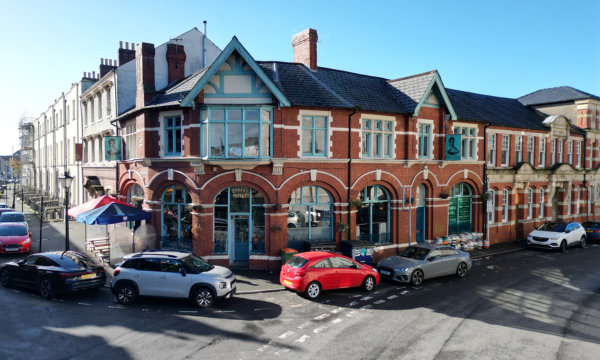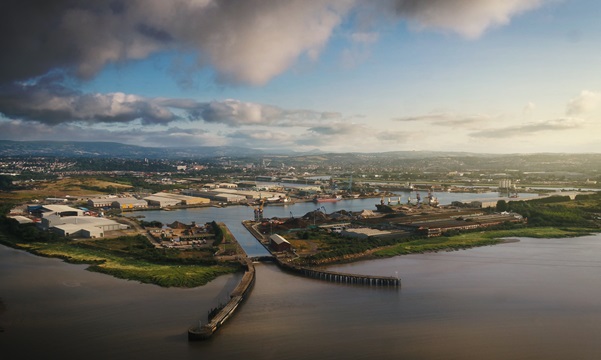The commercial property landscape in Wales is at a pivotal juncture, and it's clear that thoughtful, forward-looking policies are needed to drive progress and rejuvenation.
The new UK Government has outlined its intention to liberalise and reform the existing planning regime hence bringing forward more quickly urgently required and critical developments.
Planning in Wales, however, is a devolved issue and what happens in England will not affect directly what happens in Wales.
One critical area that requires attention is the concept of permitted development rights and how the Welsh Government can facilitate positive change in the commercial property market.
First and foremost, we need a clear, shared vision for the future of Wales' commercial and residential property landscape. This vision should be communicated effectively from the top levels of government down to local authorities. A unified approach ensures that everyone understands the goals and the steps needed to achieve them. A well-articulated vision can serve as a roadmap, guiding policy decisions and fostering coordinated efforts across various sectors.
Permitted development rights (PDR) have been a game-changer in other parts of the UK, particularly in England. These rights allow for the conversion of existing office buildings into residential accommodation without the need for full planning permission. This policy has been in place in England for more than a decade, facilitating the transformation of underutilised commercial spaces into much-needed housing, often directly impacting the life and appeal of struggling city and town centres.
Unfortunately, Wales has not yet adopted this approach. Given the current housing demand, particularly in town centres, implementing PDR in Wales could be a crucial step forward. By allowing more flexibility in how commercial properties can be repurposed, we can breathe new life into our town centres, attracting residents and stimulating economic activity.
Bringing people back into town centres has a ripple effect of benefits. Increased residential occupancy leads to higher foot traffic, which in turn supports local businesses, from retail shops to restaurants and services. A vibrant town centre becomes a hub of activity, fostering a sense of community and economic dynamism.
Furthermore, repurposing existing buildings is a more sustainable approach than building new structures from scratch. It reduces the environmental impact of construction and makes better use of the resources we already have. This kind of adaptive reuse can preserve the architectural heritage of our towns while meeting contemporary needs. How many empty buildings and empty floors above shops are there and what difference would it make were they to be full of people?
To improve the commercial property landscape in Wales, the Welsh Government needs to take several key steps:
- Introduce PDR to enable the conversion of commercial properties into residential units, particularly in urban centres. This policy has proven effective in other regions and could significantly boost housing supply and town centre vitality in Wales.
- Reform the planning system to make it more efficient and responsive to the needs of developers and communities. A more streamlined process can reduce the time and cost associated with obtaining planning permission, encouraging investment and development.
- Offer grants, tax breaks, or other financial incentives to developers who undertake projects that align with the vision for revitalising town centres. These incentives can make challenging projects more viable and attractive.
- Promote mixed-use developments that combine residential, commercial, and recreational spaces. These developments can create safer, more welcoming, more dynamic and resilient communities, where people can live, work, and play in proximity.
- Ensure that local authorities have the resources and guidance they need to implement policies effectively. This includes training, funding, and access to best practices from other regions.
- Foster a collaborative approach by engaging with developers, businesses, community groups, and residents. Their input can help shape policies that are practical and broadly supported.
The commercial property landscape in Wales holds great potential for transformation. By adopting permitted development rights and implementing supportive Government policies we can create vibrant, sustainable town centres that meet the needs of both residents and businesses. Why do we need to go to Milan, Seville or any number of other European cities to enjoy this kind of living?
























